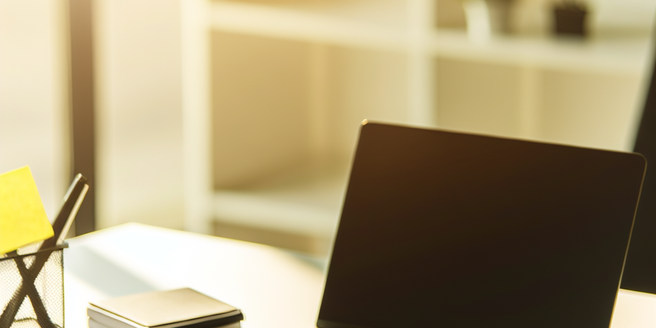
Prioritizing Tasks for Maximum Impact
In a world where every task seems urgent, it’s crucial to determine which tasks truly matter. Prioritizing tasks involves evaluating them based on impact versus urgency. Start by listing out all tasks using a tool like a to-do list app. Then, categorize them based on their deadlines and potential impact. Focus first on tasks that align with overarching goals and offer the highest return per unit of effort. By doing so, you can address the most meaningful tasks first, ensuring they get your undivided attention. Consistently review and adjust your priorities as new tasks come in and circumstances change. This habit ensures that you’re always working on what’s most important, driving progress rather than merely maintaining the status quo. Sticking to this practice can exponentially enhance your productivity and ensure consistent work satisfaction.
Leveraging Technology for Efficiency
Technology offers an incredible array of tools designed to enhance efficiency for busy professionals. From project management software to digital calendars, leveraging the right tech can streamline workflows and eliminate redundant tasks. Automation tools can tackle repetitive tasks, allowing professionals to focus on strategic work. Consider using apps like Slack or Microsoft Teams to improve communication and collaboration. For organization, tools like Evernote or Notion help manage information seamlessly. Digital platforms, when chosen wisely, not only save time but also enhance the quality of outputs. To truly benefit from technology, always stay updated with the latest tools in your industry. Training and adaptation are key to integrating these tools without disrupting existing processes. With technology as an ally, you can enhance productivity and create more time for innovation and strategic thinking.
Mastering Time Management Techniques
Mastering time management is pivotal for boosting productivity among busy professionals. Start by understanding where your time goes. Use time-tracking tools to gain insight into daily activities. Implement techniques like the Pomodoro Technique to work in short, focused bursts with breaks in between, which enhances concentration and reduces burnout. Prioritize tasks using the Eisenhower Box, which helps differentiate between urgent and important tasks. Consider setting time limits for tasks to prevent them from dragging on. Regularly review your personal productivity and adjust strategies as needed. It is essential to balance work and personal time to prevent fatigue. Practicing these techniques regularly will not only enhance efficiency but also improve your quality of life by reducing stress and creating room for personal growth and development.
Building a Distraction-Free Work Environment
Creating a distraction-free work environment is vital for maintaining focus and achieving peak productivity. Start by identifying common distractions and actively work to eliminate them. This can mean finding a quiet space, using noise-canceling headphones, or even utilizing technology like site blockers to prevent social media interruptions during work hours. Declutter your workspace to minimize visual distractions, and establish physical boundaries if working in a shared environment. Communicate with colleagues or housemates your need for concentrated work time and set specific hours for when you’re available. Incorporate natural elements like plants or windows with a view to create a soothing environment conducive to concentration. By establishing routines and sticking to them, you can ensure your focus is uninterrupted, thereby enabling you to work more efficiently and effectively.
Incorporating Regular Breaks to Boost Focus
Taking regular breaks is a powerful technique for boosting focus and productivity. Begin by understanding the natural rhythms of your work patterns and schedule breaks accordingly. Consider techniques such as the Pomodoro Technique, which incorporates short, consistent breaks to rejuvenate the mind and prevent burnout. Breaks should be seen as a pause rather than a distraction, providing an opportunity to clear your mind, stretch, and rejuvenate. Use breaks to move around, hydrate, and refocus, helping to prevent mental fatigue. When returning to work, you may find renewed energy and perspective on tasks. Balance is crucial; excessive work without breaks can lead to diminished returns and increased stress. By integrating breaks into your routine strategically, you are likely to maintain a higher level of productivity and creativity throughout your workday.
